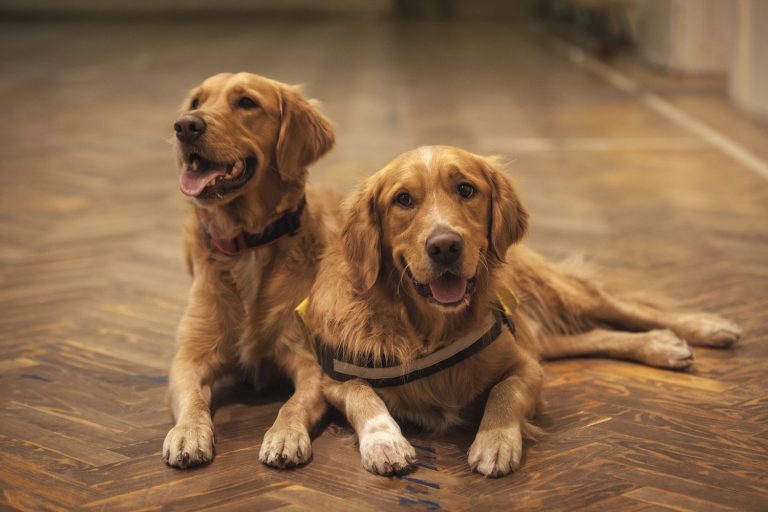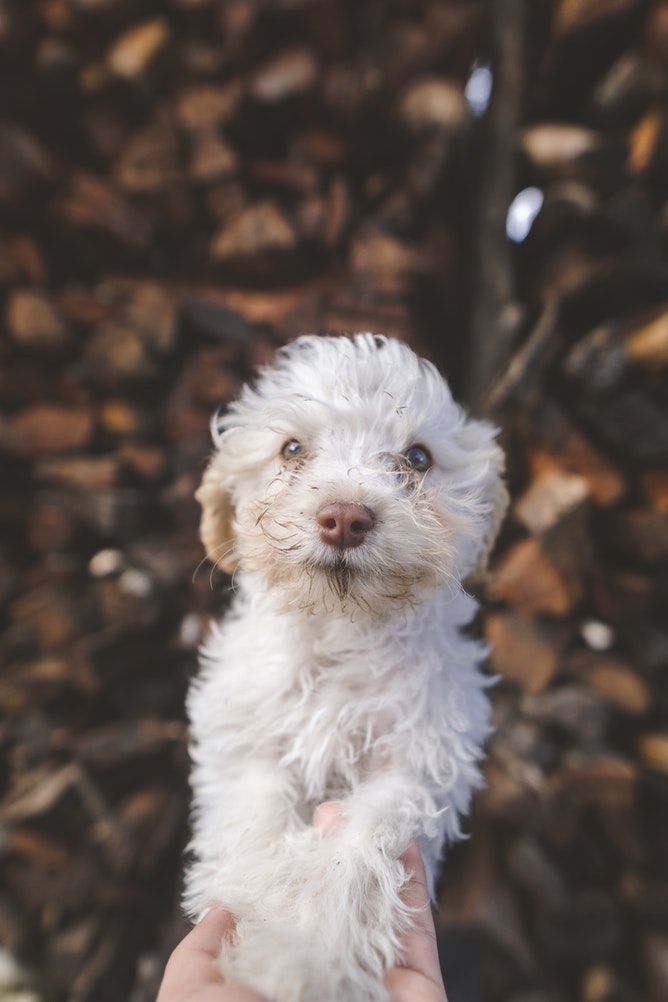The Pomeranian - aka Miniature Kitten - is small in stature, but big in personality. This lively Spitz breed combines charm with alertness. Below you can read all about character, care, training and health.
Race & origin
Originated in the historic region of Pomerania (Germany/Poland) and related to the Spitz family. Once larger and used as a working dog; through selective breeding developed into today's compact companion dog. [link to article on topic]

Appearance & coat
Small (±20-30 cm) and light (±1.5-3.5 kg) with a dense double coat and foxy head. Colors range from orange and cream to black, white and brown. Regular brushing prevents tangles and helps during moulting.
Character & family
Cheerful, smart and curious. They bond strongly with their people and love attention. Due to their alert nature, they can be barky: early training on "quiet" and rest pays off. Always supervise with young children due to small size.
Education & training
Short, playful sessions with rewards work best. Focus on basic commands, place and calm exercises and controlled visitation. Puzzles and trick training provide mental challenge without overexertion.
Care & Health
Coat: brush several times a week, more often during the molt. Teeth: small breed = more risk of tartar; brushing and chewing materials help. Keep nails and ears trimmed periodically.
Watch for concerns such as patellaluxation, respiratory/tracheal problems and heart issues. Keep him lean, build up exercise slowly and schedule annual checks at the vet. [link to article on topic]
Living together: city, apartment & daily schedule
Because of its compact size, the Pomeranian fits well in an apartment, provided it is given daily walks, play and mental challenge. Alternate activity with resting spots and set routines. Consider a reliable dog sitter For days with long working hours.
Frequently Asked Questions
Is a Pomeranian an easy dog?
In terms of size and energy requirements, it is manageable, but its barking behavior and coat care require consistent supervision. With structure and training, it is a wonderful, affectionate housemate.
How do you deal with barking?
Teach an alternative behavior (e.g., "in your place"), reward silence and build up stimuli (doorbell, visitors) in a controlled manner. Provide adequate mental challenge so that energy does not turn into barking.










